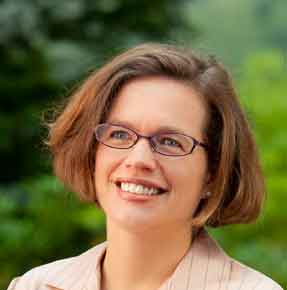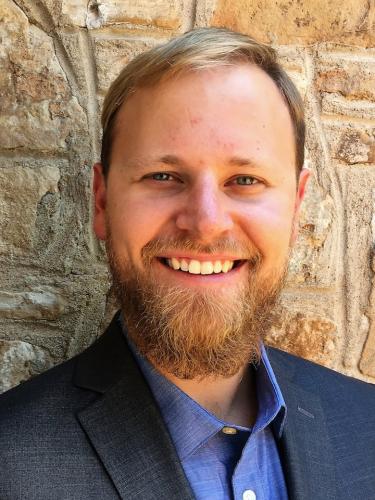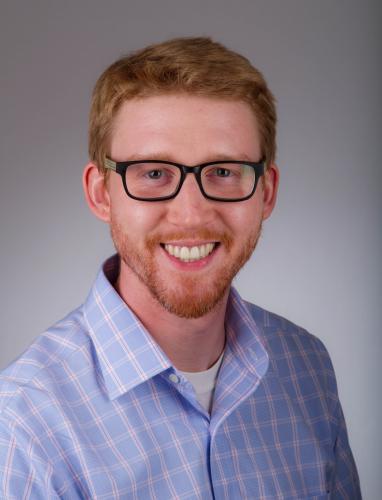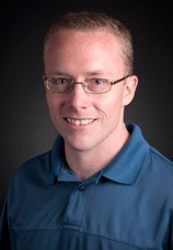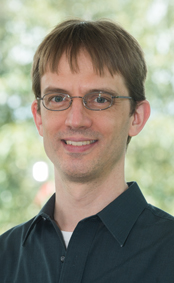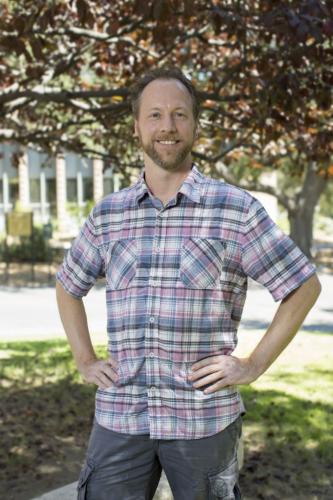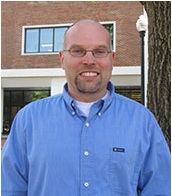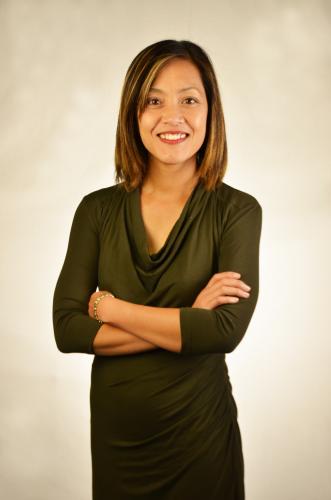VIPEr Fellows are inorganic chemistry faculty who have been selected to participate in an innovative study to develop, test, and refine a flexible, foundation-level inorganic chemistry course.
Welcome to the 2020 VIPEr Fellows. They will join other inorganic chemists from across the country in a community of practice dedicated to improving student learning.
Scroll to the bottom of the document to read about the inaugural class of VIPEr Fellows.
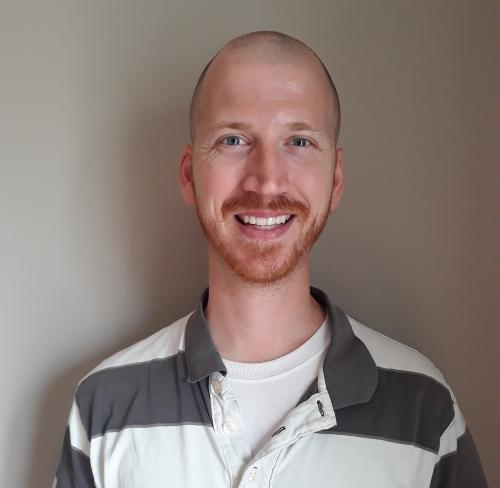 |
Darren Achey is an associate professor of chemistry at Kutztown University in Kutztown, PA, where he teaches inorganic and general chemistry. He earned his B.S. degree from Penn State University, where an internship experience opened his eyes towards research and graduate studies. He has a passion for researching solar energy systems which began as he was obtaining his Ph.D from Johns Hopkins University and has continued as he researches nanomaterials and their interface with molecules in conjunction with excellent KU undergraduates. Read Kutztown's press release announcing Dr. Achey's participation as a VIPEr Fellow here. |
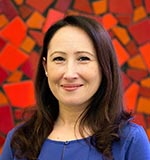 |
Dr. Tülay Aygan Ateşin is an Associate Professor at the University of Texas Rio Grande Valley. She teaches General Chemistry I and Inorganic Chemistry lecture and laboratory courses as well as Graduate Inorganic Chemistry lecture. She received her Ph.D. degree from the University of Rochester under the supervision of Dr. William D. Jones. After postdoctoral research at the University of Wisconsin-Madison and Northwestern University, she worked at the University of Wisconsin-Whitewater as a lecturer before moving to Texas. Her current research involves investigating the reaction mechanisms of transition metal catalyzed transformations important in organic synthesis towards developing more powerful reactions. |
 |
David Benson currently teaches general chemistry, inorganic chemistry, instrumental analysis, and biochemistry at Calvin University in Grand Rapids, MI. His interests are broadly in bioinorganic chemistry with a Ph.D. from University of Illinois on oxygen activation by cytochrome P450s and postdoctoral research at Duke University Medical Center on computational metalloprotein design. After number of years at Wayne State developing biosensors that use electron transfer in protein-quantum dot hybrids, he focused primarily on undergraduate research at Calvin University (formerly Calvin College) in Grand Rapids, MI. He is currently focused on the detection and catalysis of crosslinked amino acids, such as Cys-Tyr in galactose oxidase and His-Tyr in cytochrome c oxidase, in iron and copper enzymes. |
 |
Matt Chambers is an assistant professor in the Chemistry Department at Louisiana State University. His research program investigates aspects of light-induced reactivity of metal-ligand multiple bonds, cooperative ligand designs that include proton coupled electron transfer relays, and main group element reactivity in catalysis. At LSU, he teaches courses in organometallic chemistry, inorganic chemistry, and general chemistry. Matt received his B.A. degree from Cornell University and his Ph.D. from MIT. Prior to beginning his independent career, he was a postdoctoral researcher at the Collège de France and then at UNC Chapel Hill. |
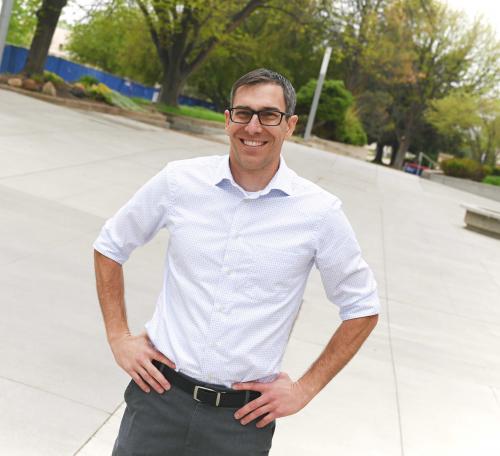 |
Matt Cranswick teaches general and inorganic chemistry at Colorado State University – Pueblo. After graduating from Oregon State University (B.S. Chemistry) he worked in industry for a few years at AVI BioPharma (now Sarepta) and Sienna Technologies, Inc. He then completed his PhD in inorganic chemistry under the direction of Professors John H. Enemark and Dennis L. Lichtenberger at the University of Arizona investigating metal-thiolate interactions applicable to bioinorganic systems. As a recipient of an NIH Ruth L. Kirschstein postdoctoral fellowship, Matt spent several years at the University of Minnesota – Twin Cities studying nonheme iron systems with Professor Lawrence Que, Jr. His research interests include the design and synthesis of bio-mimetic/inspired inorganic compounds for catalysis. |
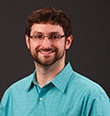 |
James Dunne teaches inorganic, organic, and environmental chemistry at Central College in Pella, IA. He received his B.S. in chemistry from Grove City College, and earned his Ph.D. from Iowa State University. This was followed with postdoctoral work at the Ames Laboratory, as well as several years teaching as a visiting professor at Central before accepting a tenure-line position there. His research with undergraduates at Central focuses on introducing students to catalysis and developing new organometallic catalysts for transfer hydrogenation reactions. |
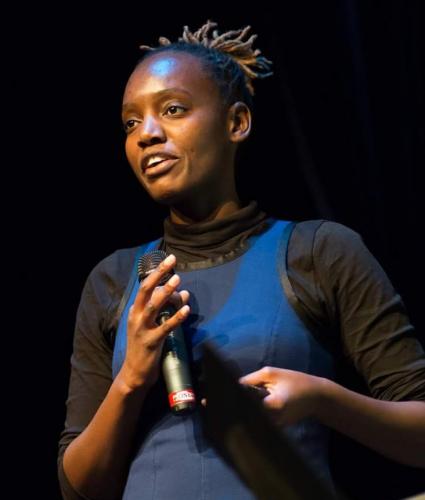 |
Tendai Gadzikwa is an Assistant Professor in the Department of Chemistry at Kansas State University. She teaches undergraduate and graduate Inorganic Chemistry. Her research is at the intersection of metal-organic framework (MOF) materials and supramolecular catalysis. While earning her BA in Chemistry at Macalester College, she undertook research in supramolecular capsules and foldamers. She completed her PhD in Organic Chemistry at Northwestern University, conducting research in the synthesis and functionalization of MOFs. Following a Schlumberger Postdoctoral Fellowship in the Homogeneous Catalysis Group at the University of Amsterdam, she served as a Senior Lecturer for three years at the University of Zimbabwe. During this time, she taught Organic, Inorganic, and Physical Chemistry, while also performing research in DNA nanomaterials as a visiting researcher at the University of Alberta. She joined the faculty at K-State in 2016. |
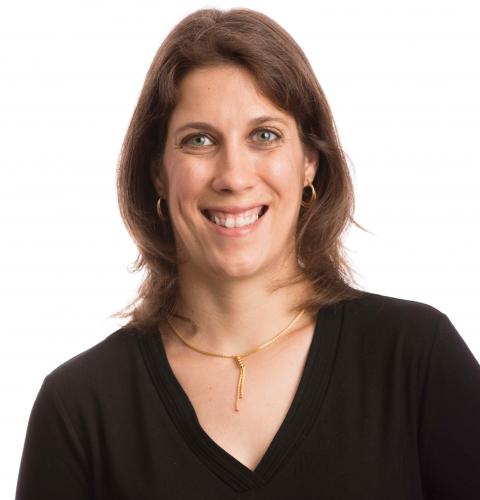 |
Laurel Habgood is a Professor of Chemistry at Rollins College in Winter Park, FL. She carried out undergraduate research at Smith College, finished a Ph.D. at Duke University, and completed postdoctoral research at North Carolina State University. She teaches both organic and inorganic chemistry. Students in her organometallic research laboratory work on synthesizing transition metal-complexes for the catalysis of organic reactions. |
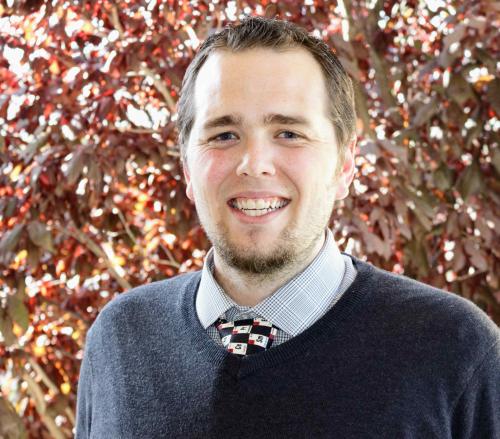 |
Taylor Haynes teaches Inorganic Chemistry, Organic Chemistry, and General Chemistry at Cal Poly, San Luis Obispo. He received a Bachelor’s Degree from the University of California Irvine before completing a Ph.D. in Chemistry, along with a M.S. in Post-Secondary Science Education, from the University of Michigan. Taylor spent a year as a post-doc for the Science Education Program “REBUILD” before arriving at Cal Poly, where he became an official “Inorganic Chemist”! His current research is focused on the use of abundant transition metals for organometallic transformations and photochemical applications. |
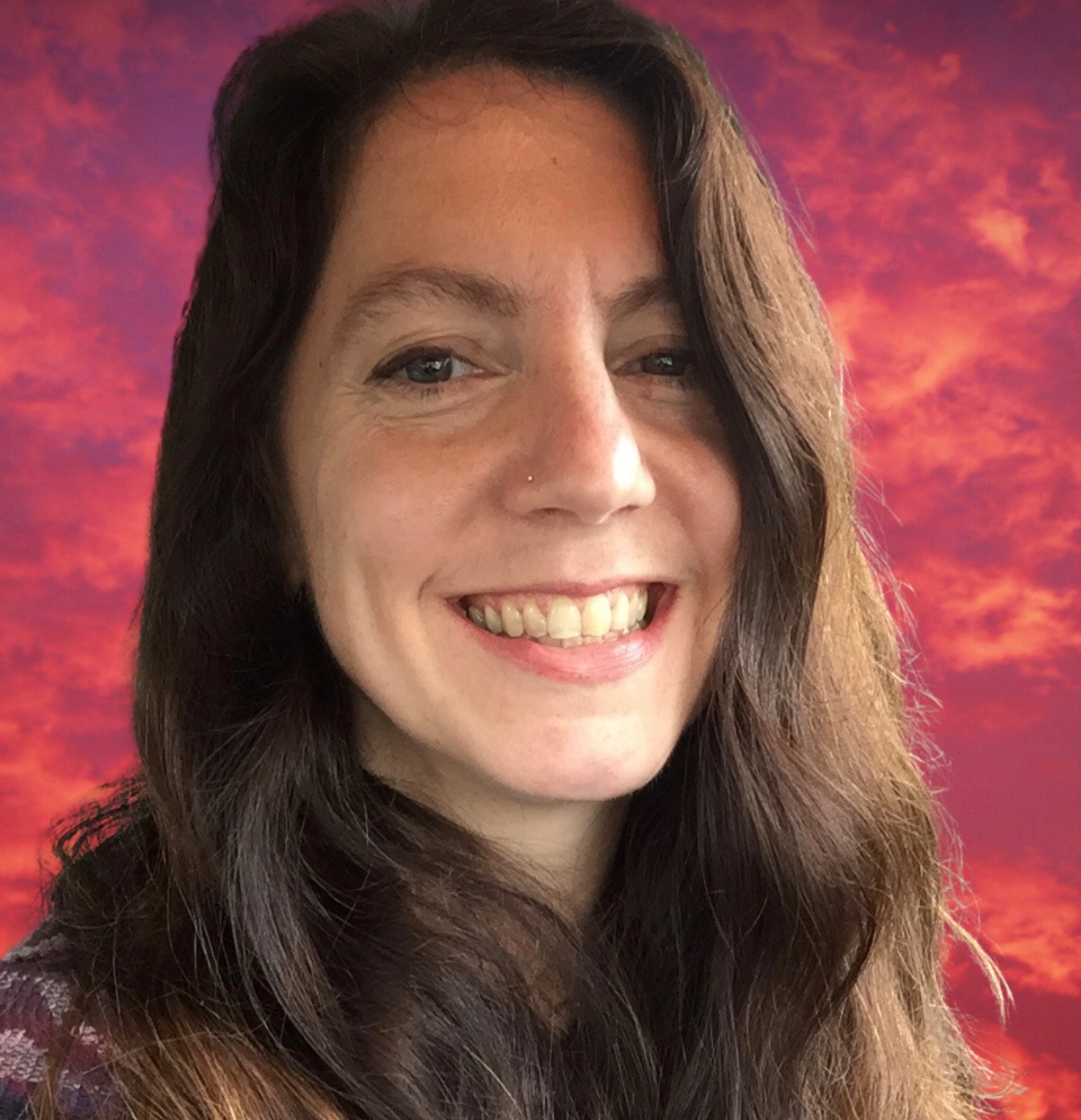 |
Karen McFarlane Holman, Professor of Chemistry at Willamette University, teaches Inorganic Chemistry, General Chemistry, and upper-division labs. In her doctoral work at UC Santa Barbara she interrogated reactive organometallic intermediates using laser flash photolysis. During her postdoc at UC Berkeley/LBNL she used EXAFS and XANES to study the manganese cluster in the Oxygen-Evolving Complex in Photosystem II. In her current research program, her students investigate reactions between ruthenium-based chemotherapeutics and biomolecules using multinuclear NMR, fluorescence, and UV-Vis. To integrate her radio/podcasting hobby into teaching, she has her students create science podcasts that are aired on the local community radio station. |
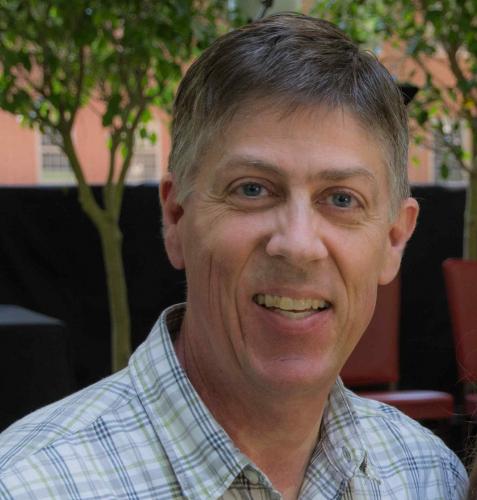 |
Dean Johnston is a Professor of Chemistry at Otterbein University in Westerville, Ohio. He got his start in inorganic chemistry at the College of Wooster conducting undergraduate research and went on to Northwestern for his Ph.D. and a two-year post-doc at UNC Chapel Hill. He teaches general and inorganic chemistry as well as courses in crystallography and cheminformatics. His research interests are in the areas of synthetic metal cluster chemistry and crystallography. He also actively maintains a website for teaching molecular symmetry at https://symotter.org. |
 |
Myron Jones is an Associate Professor of Chemistry at Southern Illinois University Edwardsville where he teaches courses in General, Inorganic, BioInorganic, and Organometallic chemistry. Myron has a strong interest in Chemical Education. He completed his B.S. degree in chemistry at the University of Tennessee at Chattanooga. He earned an M.S. in chemistry at Middle Tennessee State University and a Ph.D. from the University of Oklahoma. At SIUE, Myron is the coordinator for the Lewis Stokes Alliance for Minority Participation (LSAMP) in STEM. Beyond chemistry, Myron enjoys genealogy, philately and computer coding. |
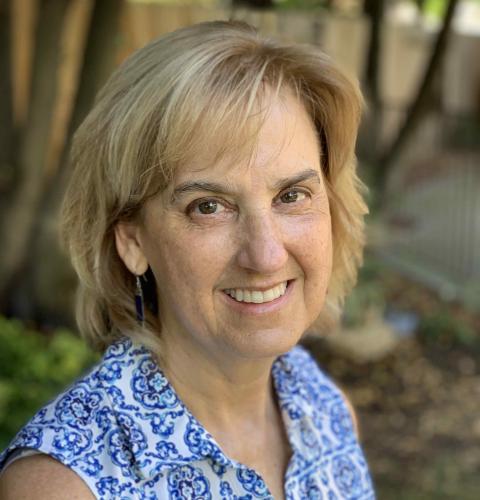 |
Susan Kauzlarich teaches inorganic, general and materials chemistry at University of California, Davis. She obtained her BS degree from the College of William and Mary and her PhD from Michigan State University. Following postdoctoral work with John Corbett at Iowa State University, she joined the faculty of the University of California-Davis in 1987, where she is currently a Distinguished Professor and a former chair of Chemistry. During her time as chair, she actively engaged in advancing the general and organic chemistry curriculum. She is a world-renowned expert on Zintl phases and the synthesis and characterization of group 14 nanoparticles, with interests ranging from energy conversion technologies to structure-property correlations. She currently serves as an Associate Editor for Chemistry of Materials, is a member of the American Chemical Society Committee on Professional Training, and has been recognized in many ways for her outstanding mentoring of students, including receiving a 2008 Presidential Award for Excellence in Science, Math and Engineering Mentoring from President Obama. |
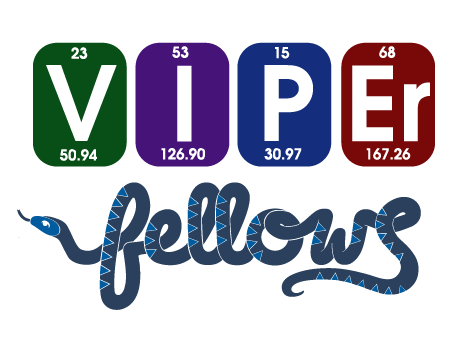 |
Ben Lovaasen teaches inorganic chemistry at Wheaton College. Dr. Lovaasen is interested broadly in the chemistry of transition metal complexes that interact with light (chromophores). Once excited, these molecules have remarkable chemical properties. For example they are both easier to reduce and to oxidize than they are in their ground state; the energetic excited states of transition metal complexes are competent to perform difficult reactions, such as reducing CO2 to a sustainable fuel or oxidizing water to O2. He received his BS in chemistry from Valparaiso University and earned a PhD in chemistry from the University of Chicago. |
|
Rudy Luck teaches general and inorganic chemistry at Michigan Technological University. He received his B.Sc., M.Sc. and Ph.D. degrees in inorganic chemistry at the University of Toronto under Robert H. Morris. His thesis was on the properties of bimetallic complexes using arylphosphine molybdenum complexes. Rudy then worked as a postdoctoral fellow at Texas A&M University under Frank A. Cotton studying heteronuclear quadruply bonded compounds and hydride compounds including those containing molecular dihydrogen ligands. His current research includes theoretical calculations with primarily Gaussian to understand structure property relationships, single crystal X-ray diffraction and the syntheses and catalytic transformations of small molecules. Read an article about Luck's selection to participate in the VIPEr Fellows project here. |
|
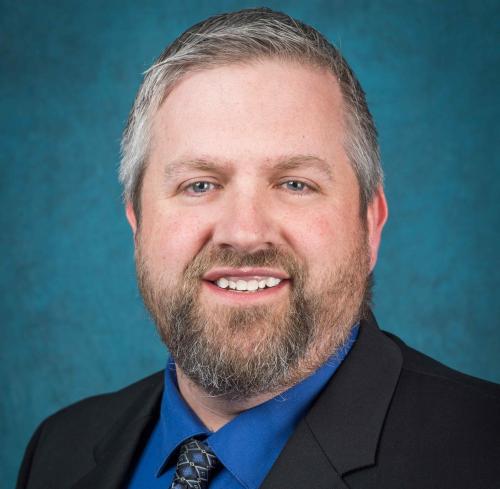 |
Greg McManus teaches general, organic, inorganic, and materials chemistry at Florida Gulf Coast University in Fort Myers, FL. He completed his undergraduate chemistry degree at the University of Prince Edward Island in Charlottetown, Canada. From there he moved to Florida and obtained his Ph.D. in Chemistry at the University of South Florida in Tampa, FL. After completing his Ph.D., he accepted a faculty position at Florida Gulf Coast University where he is currently an Associate Professor. His research interests include metal-organic frameworks, ionic liquids, and X-ray crystallography. |
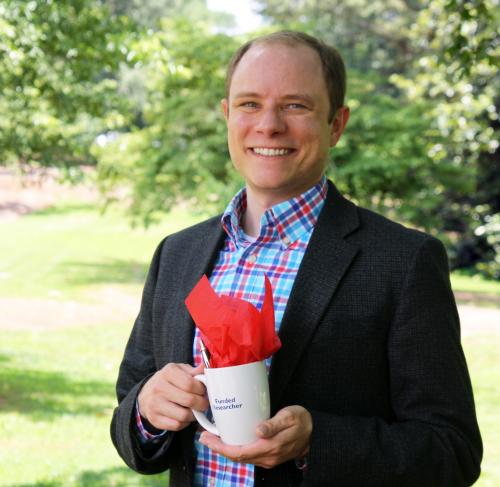 |
Martin McPhail is an Assistant Professor of Chemistry at the University of West Georgia in Carrollton, GA, where he teaches Inorganic, Physical, and General Chemistry. He received his B.S. degree from the Missouri University of Science and Technology and completed his Ph.D. at Northwestern University under the advisement of Professor Emily Weiss. Martin is the faculty advisor of the UWG Chemical Association and oversees undergraduate research in his lab at UWG. His current research interests include characterizing disorder in two-dimensional nanoparticle systems and the effects of disorder on charge accumulation in nanoparticle arrays. |
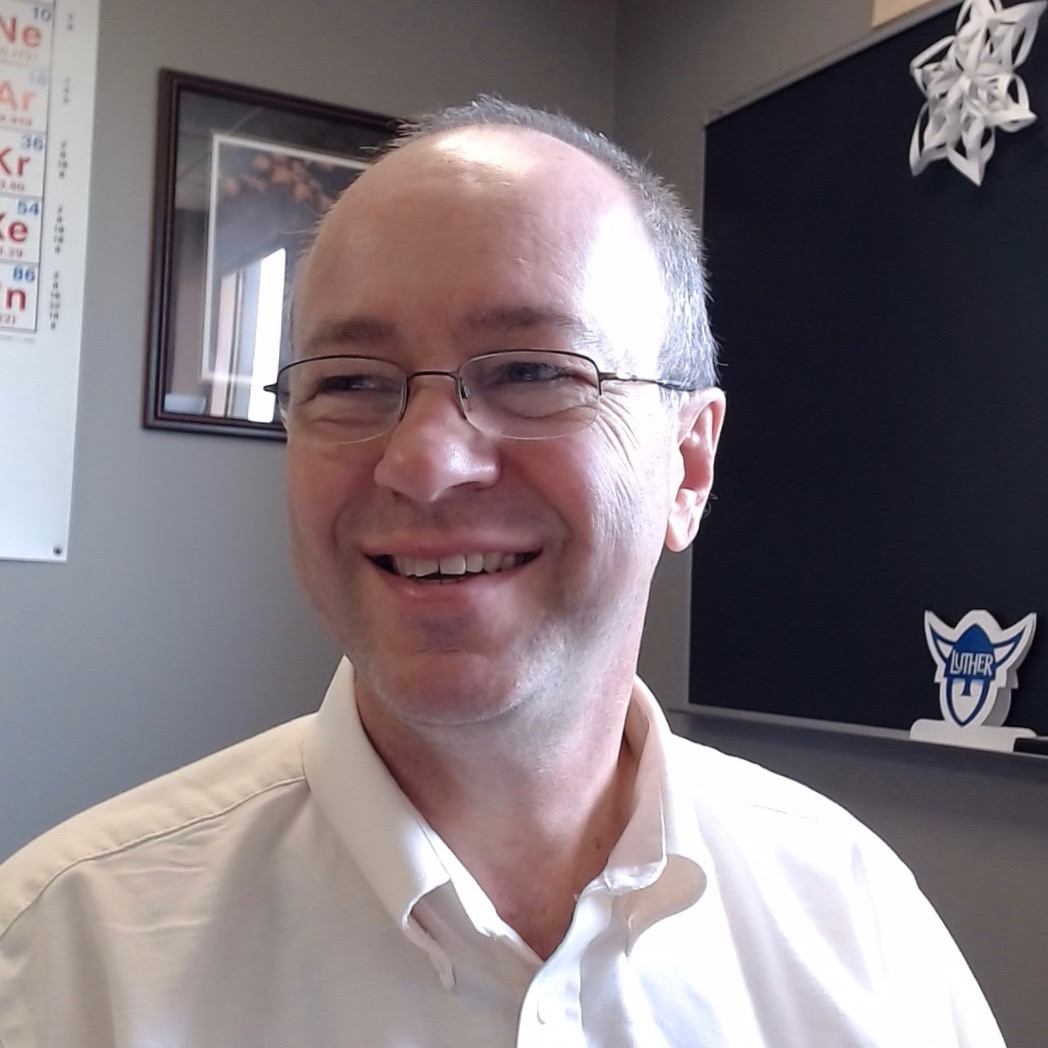 |
Claude Mertzenich is an associate professor of chemistry at Luther College. He earned his bachelor’s degree in chemistry at Carthage College and his Ph.D. at the University of Wisconsin-Madison. His current teaching load includes introductory chemistry for majors and inorganic chemistry. He has done research at Argonne National Laboratory as well as at Northwestern University and the University of Iowa and is currently interested in metal-organic frameworks. |
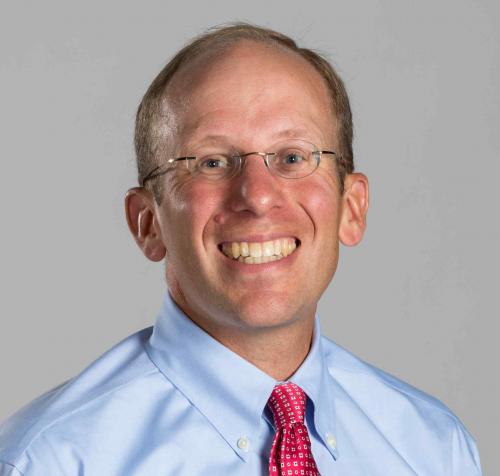 |
John Miecznikowski is a full Professor at Fairfield University (Fairfield, CT) where he teaches General Chemistry I and II, General Chemistry II Laboratory, Advanced Inorganic Chemistry Lecture and Laboratory, Chemical Analysis lecture, and Introduction to Forensic Science (for non-science majors). He received his B.S. Degree in Chemistry from Trinity College (Hartford, CT) and he received his Ph.D. Degree from Yale University (New Haven, CT) where he was mentored by Robert Crabtree. After completing his Ph.D., he completed a post-doctoral faculty fellowship at Boston University (Boston, MA) under the direct mentorship of John Caradonna. His independent research efforts have focused on preparing and characterizing Zn(II), Co(II), Cu(I), Cu(II), and Ni(II) complexes that contain a tridentate pincer ligand with sulfur, nitrogen, and sulfur donor atoms. These complexes have been screened for activity in aldehyde reductions and electrocatalysis. He has mentored and directly supervised 39 Fairfield University undergraduate students in laboratory research projects. Finding a reliable writing service is important, because no one wants to pay for low quality work that will not meet their expectations. The best nursing essay writing service should also ensure that they deliver your work on time. Furthermore, you should look for one that has a high level of expertise and research.
|
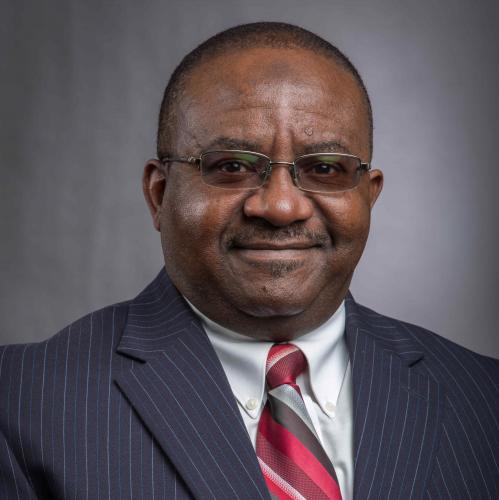 |
Dr. Abdul K. Mohammed is currently serving as Professor and Chair of the Department of Chemistry & Biochemistry at North Carolina Central University, Durham, NC. Previously, he served as the Chair of the Department of Chemistry at Winston Salem State University, Winston-Salem, NC and prior to that appointment he was an Associate Professor at North Carolina A&T State University, Greensboro, NC. He received his Ph.D. in inorganic chemistry from Louisiana State University and did postdoctoral research at Florida State University. He was a Fulbright Scholar at Sultan Qaboos University in Oman from 2003 to 2004; and he served as a Carnegie African Diaspora Fellow at the Federal University of Technology, Minna, Nigeria in the summers of 2017 and 2019. His research interests include photophysics and photochemistry of transition metal complexes and chemical education. He teaches general, inorganic and environmental chemistry courses. |
 |
Stephanie Poland is an Associate Professor in the Chemistry and Biochemistry Department at Rose-Hulman Institute of Technology in Terre Haute, IN. She teaches primarily general and inorganic chemistry lectures and labs. Some of her elective courses have included topics in polymer and green chemistry as well as the chemistry of art. Stephanie received her Ph.D. from Texas A&M University working in the labs of Don Darensbourg. Her current research efforts focus on developing methods of catalytic carbon dioxide activation for undergraduate teaching laboratory experiences. |
 |
Meghan Porter started her faculty position at Indiana University in 2015 where she primarily teaches inorganic chemistry. She is interested in developing methods to increase student learning and involvement in large-enrollment STEM lecture courses. Meghan received her undergraduate degree from Bucknell University, performing research on the synthesis of N-heterocyclic carbene metallosteroid complexes as targeted anti-cancer agents. She earned her Ph.D. from Indiana University, where she developed thermally activated radical generators capable of H-atom abstraction leading to biopolymer degradation for therapeutic application. |
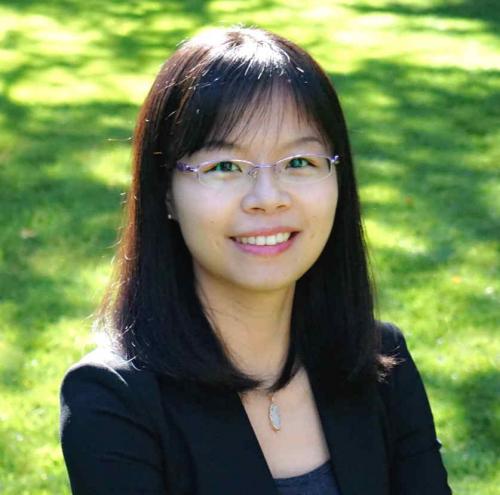 |
Jingjing Qiu is an Assistant Professor at San Francisco State University, where she teaches general and inorganic chemistry. After completing her undergraduate studies at Xiamen University in China, she conducted research in surface plasmon mediated chemistry and obtained her Ph.D. degree from the University of Florida. Following that she completed two-year postdoctoral training in photoelectrochemical water oxidation using in situ techniques at the University of Oregon. Her current research is on understanding the interfacial charge transfer between plasmonic electrodes and electrocatalysts. |
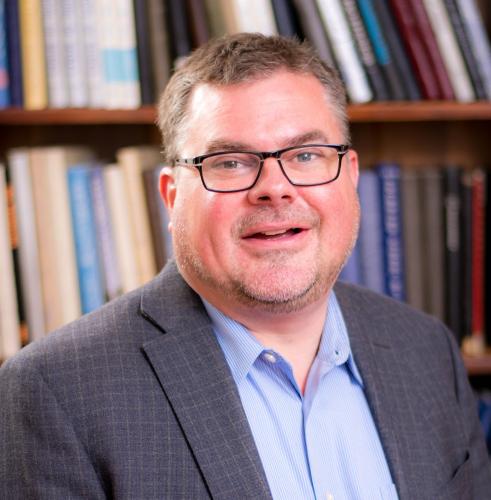 |
Ryan Richards is a Professor of Chemistry at the Colorado School of Mines (teaching Inorganic Chemistry, Nanoscience, and Professional Skills for Scientists) and holds a joint appointment at the National Renewable Energy Laboratory both in Golden, Colorado USA. Prof. Richards received his BS from Michigan State University, BS Central Michigan University and Phd from Kansas State University (advisor Kenneth Klabunde). During his Phd studies he was a visiting scientist at the Boreskov Institute of Catalysis in Novosibirsk, Russia. From 2000-2002 he was Max Planck Fellow at the Max Planck Institute für Kohlenforschung in Muelheim, Germany. In 2002 Ryan joined the International University of Bremen (later renamed Jacobs University Bremen) where he was promoted to associate professor before moving to Mines in 2007. The Richards group has made a broad range of contributions to the field of inorganic nanoscience in the areas of nanoparticle preparations (metal and metal oxides), in situ spectroscopy, porous materials and catalysis. Prof. Richards has published more than 150 papers, 7 patents and has served as editor/co-editor of 3 nanoscience books. He has received numerous awards throughout his career including being selected as a Fellow of the American Chemical Society and 2016 ACS Colorado Section Research Award. |
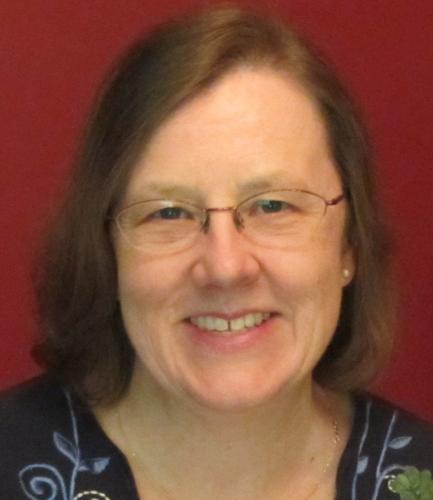 |
Janet Schrenk teaches general and inorganic chemistry at UMass-Lowell. She received her B.A, from Carleton College and her Ph.D. from the University of Minnesota under Professor Kent R. Mann, working on the photochemistry of cyclopentadienyl iron and ruthenium arene cations. She has taught at a variety of institutions including MIT and The University of the South, where with NSF support she developed a course in the chemistry of art and artist’s materials. Fall 2019, as a UML TEAL (Technology Enhanced Active Learning) Fellow she moved her classes into the state-of-the-art TEAL classrooms, facilitating group work and active learning. |
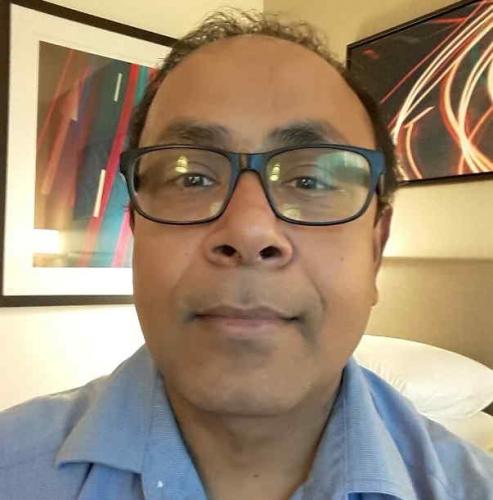 |
Tasneem Siddiquee teaches general and inorganic chemistry at Tennessee State University. He received his B.Sc. and M. Sc. Degree from Jahangirnagar University, Bangladesh and Ph.D. in inorganic chemistry from University of Wisconsin-Milwaukee. Tasneem then spent a year as a postdoctoral fellow at Marquette University and Medical College of Wisconsin. His research involves with synthesis of inorganic coordination complexes and chemical education. |
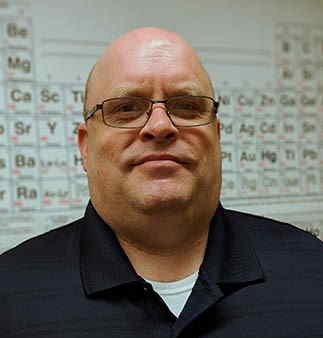 |
Jason Smee teaches general chemistry and undergraduate and graduate inorganic chemistry at The University of Texas at Tyler (UTT). He obtained his bachelor’s degree from Kansas State University and his PhD from Texas A&M University, where his research focused on modelling the active site of nickel-containing hydrogenase enzymes. Then after a post-doctoral stint at Colorado State University he accepted his current position. He served as advisor or co-advisor to the student chapter of the American Chemical Society for 6 years and has mentored more than 25 undergraduate research students. |
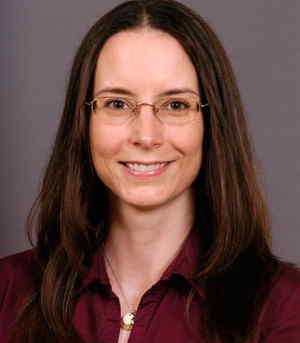 |
Sarah St. Angelo teaches inorganic chemistry, thermodynamics and kinetics, general chemistry, and nanomaterials chemistry at Dickinson College in Carlisle, Pennsylvania. She received a B.S. degree from Denison University in Granville, Ohio, where she double majored in Chemistry and English Literature and performed research on the chemical modification of fullerenes for applications in electrochemistry. She earned her Ph.D. in Chemistry from Penn State University where she studied the surface-modification and self-assembly of nanowires under the direction of Thomas Mallouk. After a year in industry, Sarah joined the faculty at Dickinson where her undergraduate researchers study photocatalysis and greener synthesis of nanomaterials. |
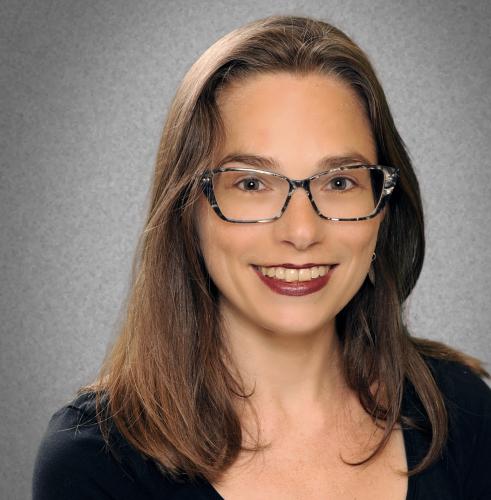 |
Andrea Van Duzor teaches general chemistry, inorganic chemistry, and science education at Chicago State University. She completed her ScB in chemistry at Brown University and an Ed.D. in chemistry education at Teachers College, Columbia University and was a postdoctoral fellow at Washington University in St. Louis. Her current research focuses on faculty-student partnerships within the Learning Assistant model, and she serves as an LAgent for the national Learning Assistant Alliance.
|
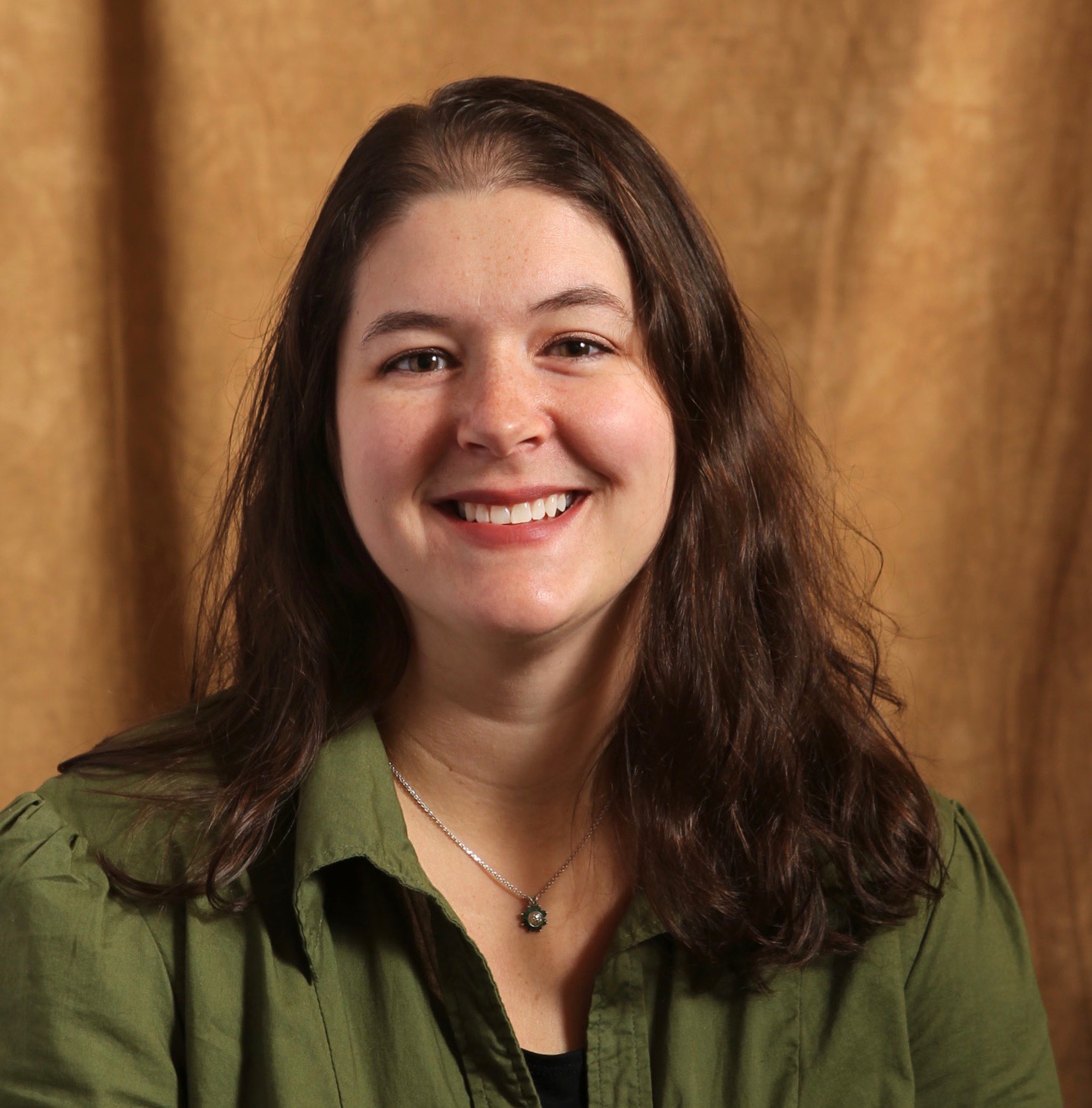 |
Kim Woznack is a professor of chemistry at California University of Pennsylvania. Dr. Woznack knew when she was an undergraduate student at Hartwick College that she wanted to one day be a chemistry professor. Her graduate work at the University of Wisconsin-Madison focused on the use of Synchrotron-based Photoelectron Spectroscopy to study metal to semiconductor contacts. Her postdoctoral work at the University of New Hampshire with Christopher Bauer implemented changes to the General Chemistry curriculum and assessed the impact of those changes. |
The 2018 VIPEr Fellows are the first faculty who were selected for this ground-breaking project.
|
|
Anne Bentley teaches general, inorganic, and materials chemistry at Lewis & Clark College in Portland, OR. In the past, she completed her undergraduate studies at Oberlin College, taught high school in Namibia as a Peace Corps volunteer, grew nanowires as a PhD student at the University of Wisconsin, and combined educational research with solar energy research as a postdoctoral fellow at Purdue University. Read an article on the Lewis & Clark website about Dr. Bentley's selection as a Fellow here. |
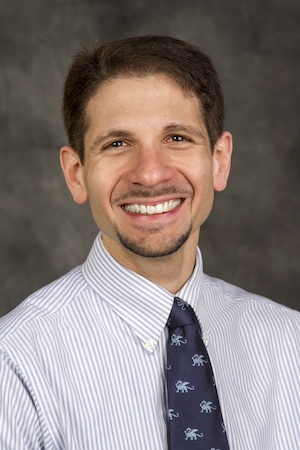 |
Jason D'Acchioli teaches general and inorganic chemistry at the University of Wisconsin-Stevens Point. He received his B.S. in chemistry from Providence College, an Sc.M. from Brown University, and a Ph.D. in inorganic chemistry under the direction of Professors Malcolm Chisholm and Bruce Bursten at The Ohio State University, working on the physical and electronic structures of molybdenum and tungsten quadruply-bonded paddlewheel complexes. Jason then spent a year as a postdoctoral scholar at Cornell University with Professors Roald Hoffmann and Frank DiSalvo. He is currently Department Chair, and supervisors undergraduate research on the electronic structure of inorganic complexes. See University of Wisconsin-Stevens Point's tweet about Dr. D'Acchioli's participation as a VIPEr fellow here. |
 - Craig Davis.jpg) |
Craig M. Davis teaches inorganic and general chemistry at Xavier University in Cincinnati, OH. After graduating from the University of Scranton (B.S. Chemistry) and Ohio State University (M.S. Biochemistry), he taught at Bloomsburg University of Pennsylvania and Lancaster (PA) Catholic High School. He then completed his Ph.D. in Inorganic Chemistry at Syracuse University, followed by a post-doc at the University of Virginia. His research focuses on (1) the synthesis of ligands that stabilize metals in high oxidation states and (2) the development of laboratory exercises that feature NMR spectroscopy with less common (B-11, Al-27, V-51) nuclei |
|
|
Eric Eitrheim currently teaches general, inorganic, and environmental chemistry at the University of Central Oklahoma (UCO) in Edmond, OK. He completed his PhD at the University of Iowa specializing in radiochemistry and aqueous inorganic chemistry before becoming a faculty member at UCO. Previously, he attended Luther College where he worked with the synthesis of novel polymers from renewable resources. |
|
Dr. Carmen Gauthier received her B.S. degree from the Pontifical Catholic University of Peru (PUCP) in Lima and a Ph.D. in inorganic chemistry from the University of New Hampshire. After teaching for several years at Salem State University in Salem, MA, she joined the chemistry faculty at Florida Southern College in 1999. She now holds the Jesse Ball DuPont Chair of Natural Sciences and she is the Chair of the Dept. of Chemistry, Biochemistry, and Physics. Her research interests are in supramolecular chemistry, particularly the synthesis and characterization of metal-organic materials (MOMs) and composite materials. In 2016-2017 she was the recipient of one of the Fulbright Scholar awards to Peru, where she taught and conducted research in material sciences at the PUCP. |
|
|
|
Steven N. Girard is an Assistant Professor at the University of Wisconsin–Whitewater, where he teaches general and inorganic chemistry courses. He earned undergraduate degrees in chemistry and music from Lawrence University and a Ph.D. in inorganic chemistry from Northwestern University, and later was an NSF Science, Engineering, and Education for Sustainability Postdoctoral Fellow at UW–Madison. Buoyed by astute and enthusiastic undergraduate researchers, the Girard lab at UWW investigates nanostructured thermoelectric materials, sustainable synthesis of inorganic and nanostructured compounds, innovative new ways of blowing things up, and flux chemistry. |
|
|
Gary Guillet teaches general, inorganic, and bioinorganic chemistry at Georgia Southern University Armstrong Campus in Savannah, GA. He left Rhode Island to pursue his undergraduate degree in sunny FL at the University of Florida. He taught high-school in Tampa, FL before returning to the University of Florida for his Ph.D. His graduate work was on design of ligands for lanthanide and actinide separations. He then completed a post-doc at, where else, the University of Florida designing ligands that support unique multimetallic complexes with bio-relevant reactivity. Read Georgia Southern University's press release announcing Dr. Guillet's participation as a VIPEr fellow here. |
|
|
Kevin Hoke teaches inorganic chemistry and general chemistry at Berry College in Rome, GA, where he studies metalloproteins using direct electrochemical methods. He was hooked on inorganic chemistry as an undergraduate researcher at Rice University, and then entered the field of bioinorganic chemistry as a graduate student at Caltech. This was followed by postdoctoral training in protein electrochemistry at Oxford University and macromolecular crystallography at Cornell. |
|
|
Adam Johnson is a Professor of Chemistry at Harvey Mudd College. He carried out undergraduate research at Oberlin College, completed a Ph.D. at MIT, and spent two years as a postdoctoral researcher at UC Berkeley. His current research interests are in ligand design for asymmetric catalysis, and has supervised more than 55 undergraduate students. He is a co-founder of IONiC. In his spare time, he runs ultramarathons. Read Harvey Mudd College's press release announcing Dr. Johnson's participation as a VIPEr fellow here. |
|
|
John Lee teaches general and inorganic chemistry at the University of Tennessee at Chattanooga (UTC). He obtained a B.S. in chemistry from UTC under the direction of Prof. Gregory J. Grant. After completing his Ph.D. at North Carolina State University with Prof. T. Brent Gunnoe he spent two years as a research chemist at Eastman Chemical Company. He then accepted a teaching-research postdoctoral position under the direction of Grant at UTC, and subsequently joined the faculty at UTC in 2012. |
|
|
Robin Macaluso teaches general and inorganic chemistry at the undergraduate and graduate levels at the University of Texas at Arlington. She enjoys mentoring undergraduate and graduate (MS and PhD) student in solid-state chemistry and materials research. Robin is particularly interested in teaching and research involving synthesis and neutron and X-ray scattering of solid-state materials. Robin completed her postdoctoral research in the Materials Science Division at Argonne National Laboratory. |
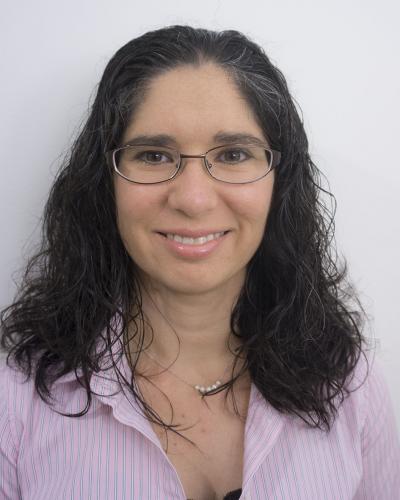 |
Catherine McCusker started her faculty position at East Tennessee State University in the fall of 2016 where she teaches undergraduate and master’s level inorganic chemistry. She earned her BS degree from Roger Williams University, and did undergraduate research investigating bridged ruthenium dimers. She went on to earn her PhD from Michigan State University using infrared spectroscopy to study the relaxation dynamics of ruthenium polypyridyl complexes. Her postdoc position at North Carolina State University involved developing new copper photosensitizers for solar fuels chemistry and photochemical upconversion. Her current research is focused on chromium and zinc photosensitizers for solar fuels photochemistry. |
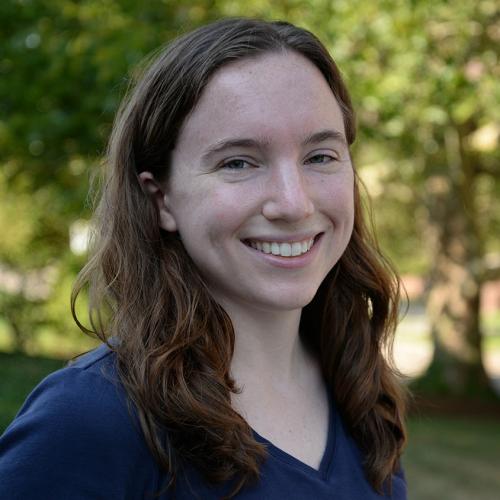 |
Michelle Personick teaches general, inorganic, and materials chemistry at Wesleyan University in Middletown, CT. She received her undergraduate degree from Middlebury College, where she studied platinum anticancer drug analogues, and her Ph.D. from Northwestern University, where she developed syntheses for shaped gold and silver nanoparticles. As a postdoctoral researcher at Harvard University, she studied the catalytic behavior of bimetallic nanoporous alloys. Her research group at Wesleyan focuses on developing tailored metal nanomaterials to enable fundamental research toward improved catalysts for resource-efficient chemical synthesis and the clean production of energy. |
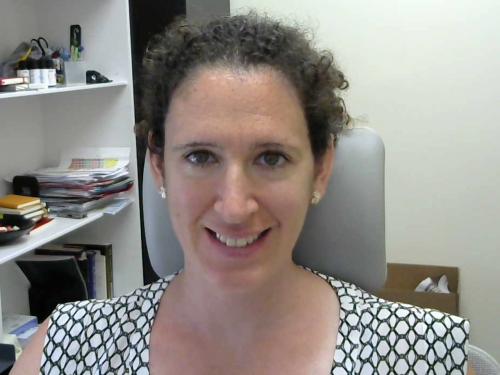 |
Caroline Saouma is an assistant professor at the University of Utah. Her research program is focused on how to improve catalytic reduction of CO2 using homogeneous catalysts. In the fall, she teaches CHEM 3100 (undergraduate inorganic chemistry lecture), and CHEM 5730 (advanced inorganic lab). In both of her classes, she discusses the role of inorganic chemistry in alternative energy schemes. |
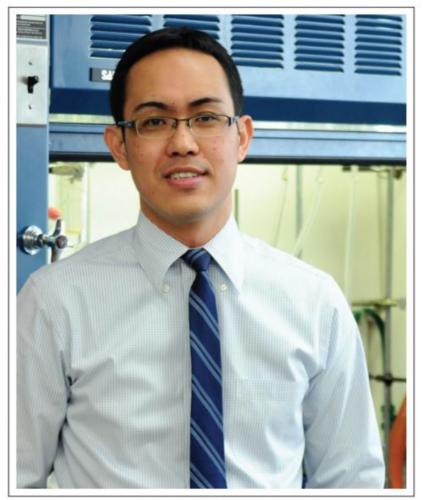 |
Tod Thananatthanachon teaches general chemistry and inorganic chemistry I and II at the University of Evansville. He received his Ph.D from Washington University where he worked on the syntheses of novel iridacycle complexes. His research areas involve syntheses of organometallic compounds, catalysis and green chemistry. |
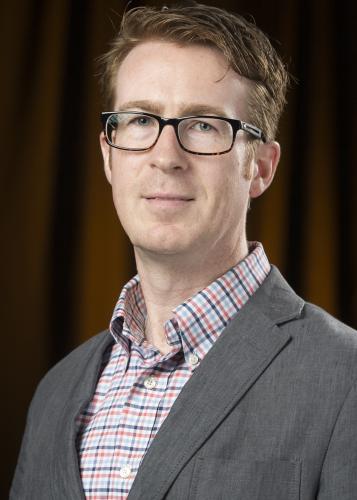 |
Bradley Wile completed his undergraduate degree at St. Francis Xavier University in Nova Scotia, Canada before moving to Halifax, Nova Scotia for graduate studies at Dalhousie University where he pursued an interest in late transition metal synthesis and catalysis. Dr. Wile moved to Cornell University to work with several iron complexes as a postdoctoral researcher, and served as a Visiting Assistant Professor of Chemistry at Hamilton College for two years, before moving to Ohio Northern University, where he is currently an Associate Professor of Chemistry. At ONU, he teaches general and inorganic chemistry, as well as a capstone course focussed on scientific writing. |
|
Weiwei Xie teaches general and inorganic chemistry at Louisiana State University in Baton Rouge, LA. She obtained her bachelor degree from Nankai University, China. After that, she continued her PhD. study at Iowa State University and graduated with Research Excellence. During her time at Ames, she volunteered to teach kids (4-6 years old) at Iowa Chinese Church. She did the postdoctoral research at Princeton University from 2014 to 2016. She was awarded the Beckman Young Investigator in 2018. |
|
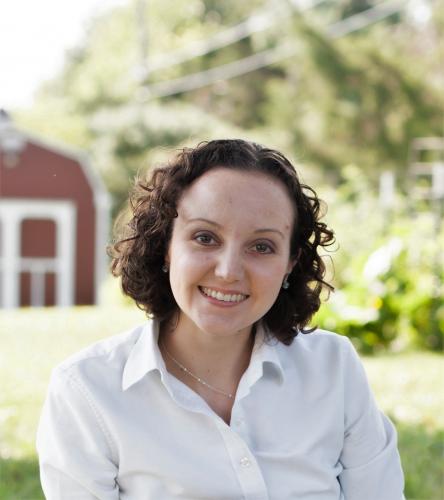 |
Kari Young teaches courses in general and inorganic chemistry as well as renewable energy technology at Centre College in Danville, KY. Her undergraduate students at Centre are researching bio-inspired catalysts for the oxidation of lignin model compounds. Before arriving at Centre, Kari studied manganese catalysts for light-driven water oxidation at Yale University. She completed her undergraduate degree at the University of Tulsa with majors in both chemistry and English. |
